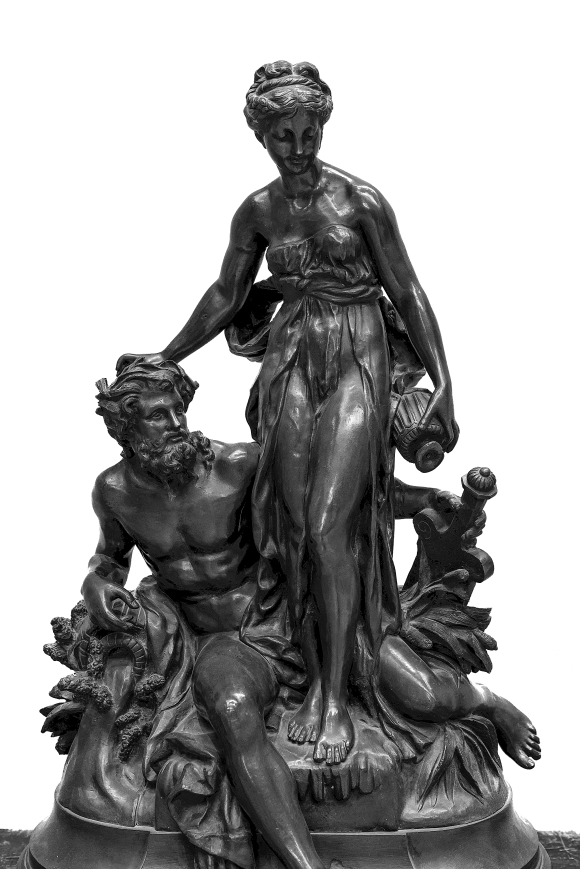European Art
Sec. XV – XVIII
Ormós Zsigmond Ormós Fund
The European Art Exhibition is made up of works from the Ormos Zsigmond collection, which became part of the patrimony of the city’s Art Gallery following the testamentary donation of the great Timisoara patron and politician through whose efforts the Society of Archaeology and History of Southern Hungary was founded. Over the years, the collection has been enriched by donations, acquisitions and transfers, until the present day, when we can admire paintings by artists belonging to the Italian, Flemish, Dutch, Central European and French schools.
Chronologically, the earliest works of art date back to the 15th century, to the Renaissance, considered in the traditional discourse of art historians as the first period of flourishing of European art after centuries of “decline”, following the fall of the Western Roman Empire, and the “loss” of the values promoted in Antiquity. Humanism redefined man’s position in the Universe, defying centuries of Christian philosophy, which had asserted man’s subordination to the Divine.
However, religion remains a central theme in Western art, but the emphasis on naturalistic rendering of characters and the surrounding space foreshadows the transformation that art would undergo in the centuries to come.
The Renaissance titans such as Leonardo, Raphael, Michelangelo, Titian, Titian, Jan van Eyck, would dominate the course of art in this period and would profoundly mark the generations to follow, reproducing the works of their masters to serve the tastes of the nobility, who wanted to collect works by these artists, but were prevented by various circumstances. Ormos Zsigmond would face the same limitations when acquiring paintings from private collections and Italian antiquarians. Although most of the works he acquired did not belong to the great masters, they are impressive for their sophistication and finesse of technique, attesting to the taste of the erudite collector who became a self-taught art historian.
The works are representative of the general currents of Italian art of the 15th-16th centuries. Of the works in the Ormos Collection, many come from Italy, proving the collector’s affinity for this school of art, considered at the time to be the most refined school. Thus, any respectable collection built up at that time had to include works of art made in the Italian peninsula.
In addition to the Ormos collection, the collection was expanded in the 1960s and 1970s with the inclusion of uno
r French works of art donated by MNAR, absorbed from the Simu Museum in the capital.
New curatorial concepts are moving away from the traditional approach to exhibitions from the perspective of historical and stylistic context and increasingly focus on the conceptual aspect. This, also visible in the museum’s European Art exhibition, involves pairing works that align thematically within the cultural context of the era in which they were created. The works are displayed alternately, with some rooms being airy, others more busy, suggesting the paneling style of the cabinets and picture galleries of previous centuries.
At the same time, the Pompeiian color code used to paint the walls can be found in the Baroque Hall – princ
he Museum’s main hall. The choice of colors took into account the use of wall color schemes to create a specific atmosphere in each room, as well as to highlight the works of art on display in a favorable way.

